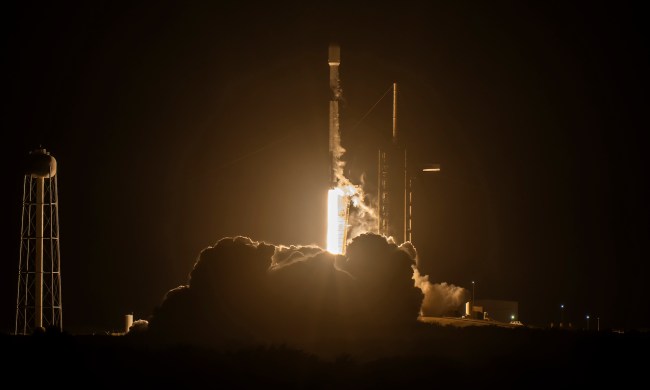Most objects in space, such as stars, have a lifecycle stretching over hundreds of thousands of years or more, so it’s rare to see objects in the sky that look significantly different over a short period like a few years unless there’s a dramatic transient event like a supernova. However, that’s not to say that objects are static: Objects such as nebulae can be in flux, and, when observed closely, can be seen changing over time.
That’s demonstrated by two striking time lapses recently shared by NASA’s Chandra X-ray Observatory, which show how two famous objects have changed over the last two decades.
The time lapses show the famous Crab Nebula, a strikingly beautiful nebula located 6,500 light-years away, and Cassiopeia A, the leftover remnant of an exploded star located 11,000 light-years away.

The changes in Cassiopeia A, seen here on the left, are subtle. Using data collected between 2000 and 2019, the remnant appears almost to be breathing as it spreads out into space. The remnant is growing as it was created by the explosive death of a star, which threw out powerful shockwaves that travel out into the surrounding space. This expands the bounds of the object, but as the shockwave hits nearby clouds of dust and gas, parts of it are also reflected back in the other direction, creating changes within the structure of the remnant.
In the Crab Nebula the changes are more pronounced, seen here in the X-ray wavelength. The large number of observations that have been taken of this famous object show the changes occurring, particularly in the center of the nebula. The time lapse includes data from 2000 to 2005, then from 2010 to 2011, and finally a recent observation from 2022.
This structure was also created by a supernova explosion, and here the core of the star remains as an extremely dense object called a neutron star. This object rotates, giving off beams of radiation that can be seen as the jets in the center of the image, but as it slows down some of its energy is passed out into its immediate environment. That’s what causes a shockwave that travels outward, visible as the ring that can be seen expanding.
You can see more versions of the time lapses, including ones incorporating data from other sources like the James Webb Space Telescope, at the Chandra website.



